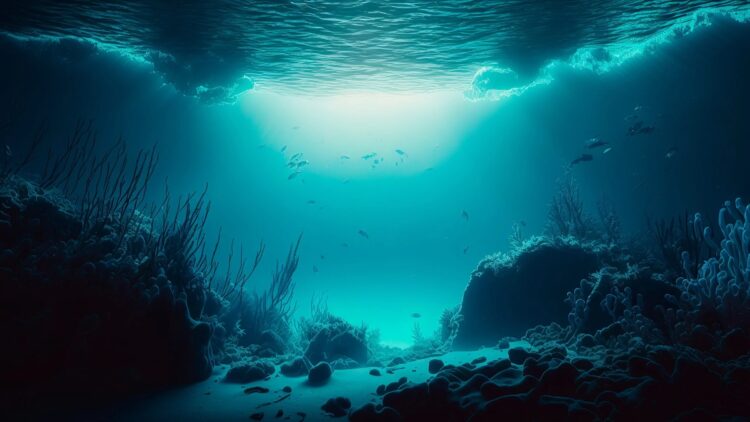For over four decades, a mysterious sound emanating from the sea has baffled scientists and sailors alike. The noise, reminiscent of a duck yet simultaneously possessing an otherworldly quality, has defied identification. Although no one dares to explore the depths where it was first recorded, researchers are diligently working to decipher its meaning and uncover its source.
Bio-duck: The enigmatic sound of the deep seas
Known as the “bio-duck,” this strange sound was first recorded in July 1982 in the Pacific Ocean’s South Fiji Basin. The name refers to a series of low-frequency pulses that were discovered during an ocean acoustics experiment conducted by researchers in New Zealand.
Initially, these researchers were baffled by the sound, speculating it might originate from a mechanical source due to its loud and repetitive characteristics. As such, the odd nature of these pulses has fueled debates among scientists trying to identify the source of the bio-duck.
Denis Risch, a marine biologist from the National Oceanic and Atmospheric Administration in Silver Spring, Maryland, observed in a 2013 study that the sound was widespread in the Southern Ocean during winter. She also emphasized its prominence, stating it was far too loud and systematic to overlook.
“It almost sounds mechanical,” says Risch. “So if you first hear it, you wouldn’t necessarily think it’s an animal, but it’s very loud and very pervasive.”
Advancements in acoustic technology enhance understanding of the bio-duck phenomenon
In the years following the discovery of the bio-duck, underwater acoustics researcher Ross Chapman from the University of Victoria in British Columbia, Canada, revisited these recordings. His findings indicated that the sounds are likely a biological phenomenon generated by marine creatures engaged in coordinated communication.
The bio-duck sounds were recorded using an acoustic array—a system of hydrophones towed behind a ship—suggesting a complex form of interaction among multiple speakers.
“We discovered that there were usually several different speakers at different places in the ocean, and all of them [made] these sounds,” Chapman explains.
“When one speaker was talking, the others were quiet, as though they were listening,” he continued. “Then the first speaker would stop talking and listen to responses from others. Maybe they were talking about dinner, maybe it was parents talking to children, or maybe they were simply commenting on that crazy ship that kept going back and forth towing that long string behind it.”
Are minke whales the key to deciphering the bio-duck?
Decades of research into the bio-duck mystery have sparked questions regarding communication among marine species.
Recent studies have detected similar sounds in the waters off New Zealand and Australia, indicating a sophisticated social network where marine animals exchange information. Remarkably, this suggests a level of intelligence and interaction previously underestimated in the ocean’s depths.
Initial theories have proposed that Antarctic minke whales are the source of these sounds; however, this remains unconfirmed due to a lack of visual verification. Although minke whales are known for their intricate vocalizations—which may provide insights into their environmental communication and social interactions—further evidence is required to substantiate these claims.
While it’s uncertain whether these whales are the source of the bio-duck sounds, it’s widely accepted that the noises are inherently biological and not mechanical or produced by extraterrestrial forces.
At the end of the day, the bio-duck reminds us of the sea’s vast mysteries. The odd yet enchanting sound symbolizes the uncharted territories waiting to be explored and documented. The oceans remain one of our planet’s final frontiers, home to elusive creatures and untold treasures. Indeed, such wonders serve as a means to spur on our drive for discovery.

